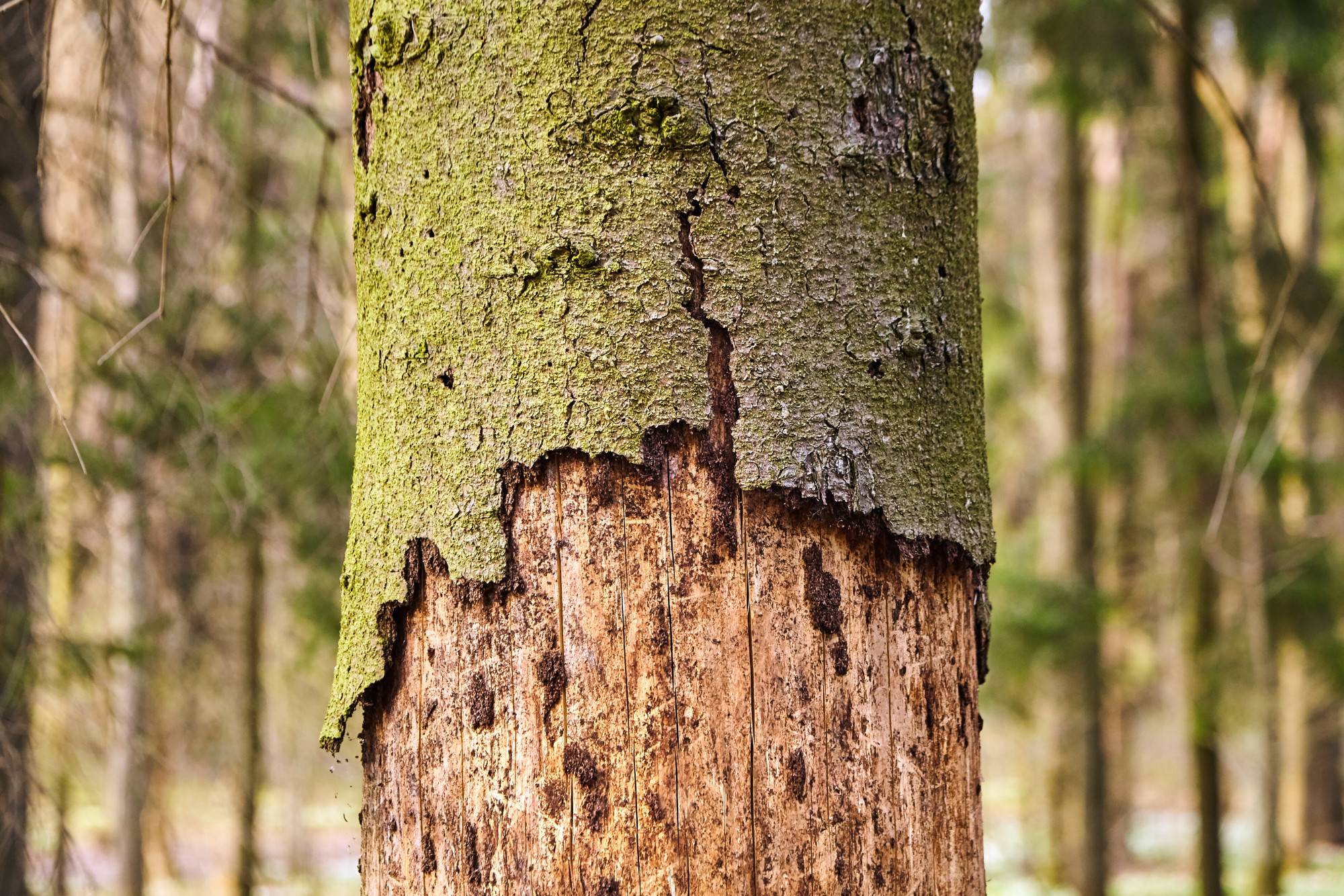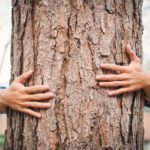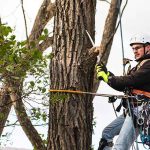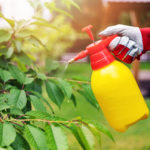Is My Tree Sick?: The Top Signs Your Tree May Have a Disease

Trees provide your home with shade, greenery, and an all-around pleasant aesthetic that helps your abode stand out.
If you have several trees, you may notice that some are showing signs of distress. So, how do you know if you have a diseased tree in your yard?
Read on for some of the common signs to be aware of so you can give your beloved trees the care they need to live a long, healthy life.
Yellowing Leaves or Brown-Colored Leaves
For the most part, your trees’ leaves should be a shade of green unless it’s the autumn season. If you’re noticing that their leaves are turning a yellowish or even brown color, it could be a sign of distress.
A condition called Armillaria root rot can attack your tree and then cause it to die, although it may take several seasons before it completely perishes. Make sure your tree is getting the nutrients it needs and isn’t being ravaged by insects, as these are the two most common causes.
A White, Powdery Look
One of the most common signs of a diseased tree is a trunk covered in a strange white, powdery substance. This issue is typically shown by small, white spots that start to multiply.
When the weather is especially humid, mildew can become more common. Carefully monitor your trees to be on the lookout for this white-colored appearance so you can treat them for mildew before it’s too late.
Peeling Bark Is a Sign of a Diseased Tree
The purpose of bark is to keep your tree protected. If you’re noticing that the bark is starting to peel away, this could be a serious red flag.
Many species of trees will have small areas of peeling bark from time to time, but if it’s becoming widespread, it’s time to give your tree some TLC. In cases like this, a professional arborist may be needed to further assess the problem and give it the treatment it needs.
Leaking Fluid
Many trees produce sap, but if your tree is leaking a strange fluid, it may be diseased. A condition called alcoholic slime flux can kill trees, so do an inspection during the spring and summer.
The liquid will appear dark in color and may have an unpleasant, sour odor. This condition causes the liquid to pool around the base of the tree, and it can be fatal.
Keep an Eye on Your Trees
Knowing the signs and symptoms of a diseased tree will help you take better care of them. Whether it’s a white, powdery color or leaky liquids, these signs should not be taken lightly.
If you’re concerned about the condition or health of any of your trees, it’s best to call in the help of a professional who can recommend the proper course of treatment.
For more information on tree care, pruning, and maintenance be sure to visit our website.
More...
Categorised in: Tree Service



